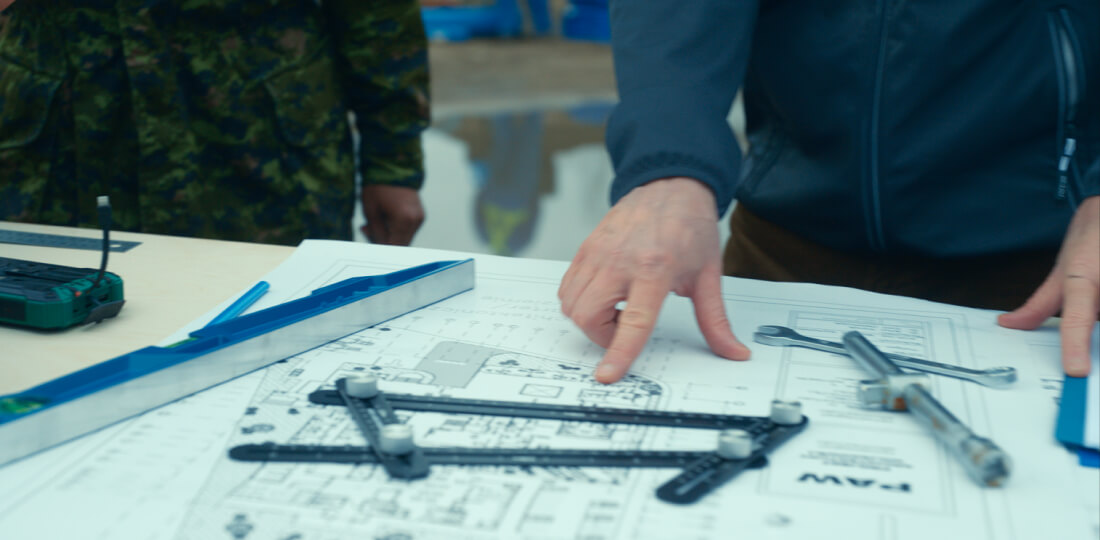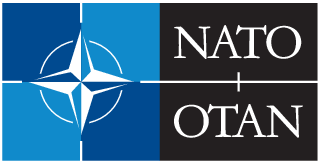NATO Is Here
For Us
In the afternoon, restaurants and cafes in the Masurian town of Orzysz fill up quickly. Men and women in uniforms of NATO armed forces sit among us. They drink coffee and talk about food, soccer, and mosquitoes. Some articulate Polish words with ease, while we help others place their orders. Just as they help us: with their service and presence, making our world more connected, friendlier, and safer. Together, we are part of something bigger and more important. And when the city empties out, we know that the exercises on the training ground have begun.
75 years ago we forged an Alliance and swore to stand together against aggression in order to live in free, secure and democratic societies1. Over the decades, the world around us has changed dramatically, with new threats emerging and old ones evolving. Yet we have remained true to our oath and mission - to effectively protect our homelands, where more than 966 million people live today.
Together we remain strong, independent and secure. Together, because NATO equals Poland and its 31 Allies2.
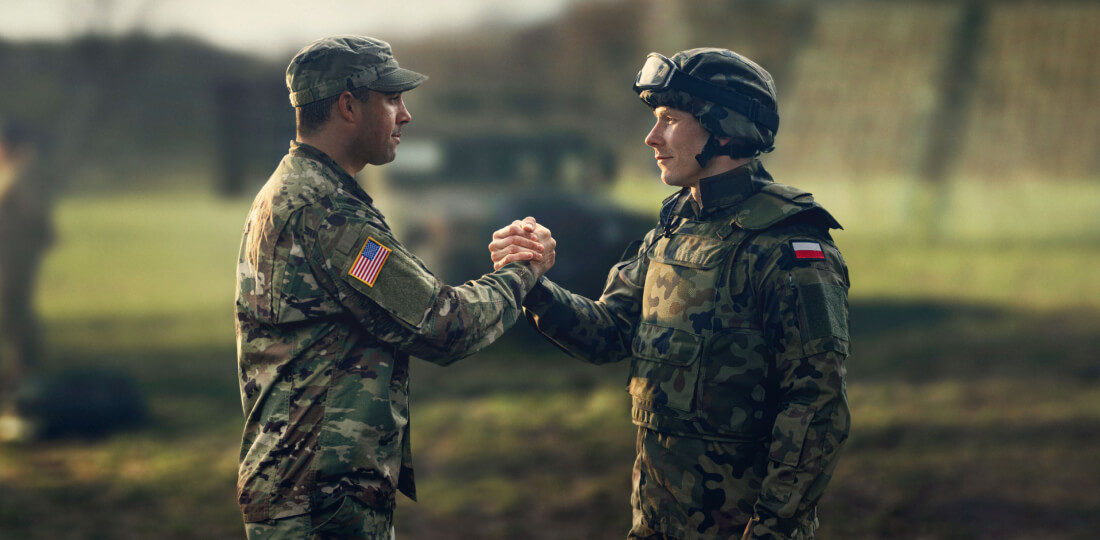
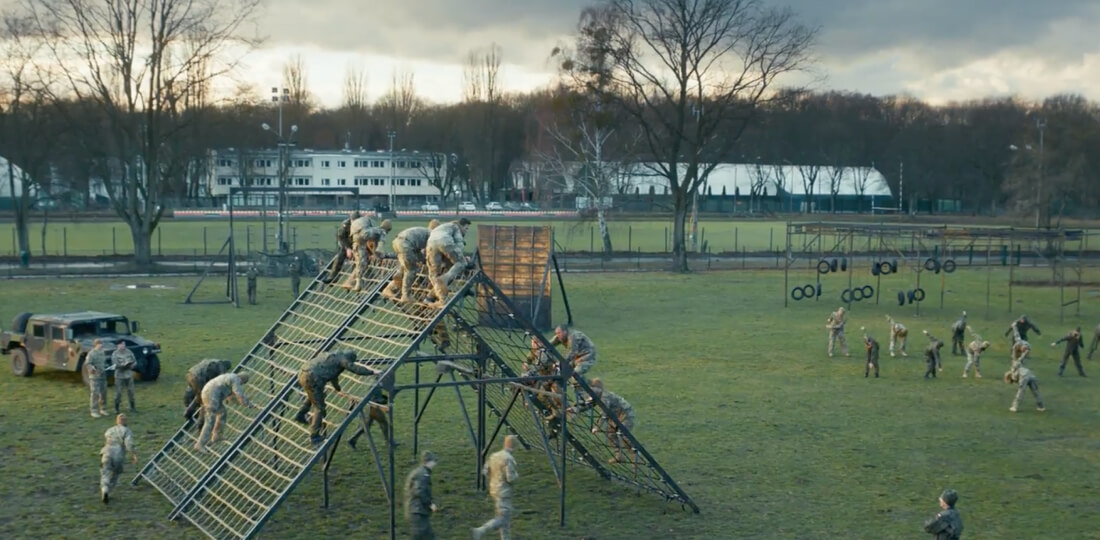
The cornerstone of the Alliance is our collective defense capability on a scale unprecedented in history. 3
Together we represent half the world's economic and military power. We combine state-of-the-art weaponry with the best-trained armed forces to respond to crises and resolve conflicts. We work together to show the world that we are ready to defend our security and our common values by political and, if necessary, military means. For the principle enshrined in Article 5 of the Washington Treaty is unshakable - we regard an attack on one of us as an attack on the Alliance as a whole4.
The brutal and full-scale aggression against Ukraine in 2022 tried to challenge our unity and strength. In response, we activated our defense plans, supported Ukraine and created eight battle groups that are now deployed along NATO's entire eastern flank, from the Baltic Sea in the north to the Black Sea in the south5. The existing battle groups in Estonia, Latvia, Lithuania and Poland have been joined by four new multinational battle groups in Bulgaria, Hungary, Romania and Slovakia. We have deployed more than 40,000 troops from NATO countries to guard the Alliance's eastern border6, and this year we will invest a total of $380 billion in our defense as NATO members in Europe7. This Alliance enables us to be ready for a decisive, collective and effective response to any attack.
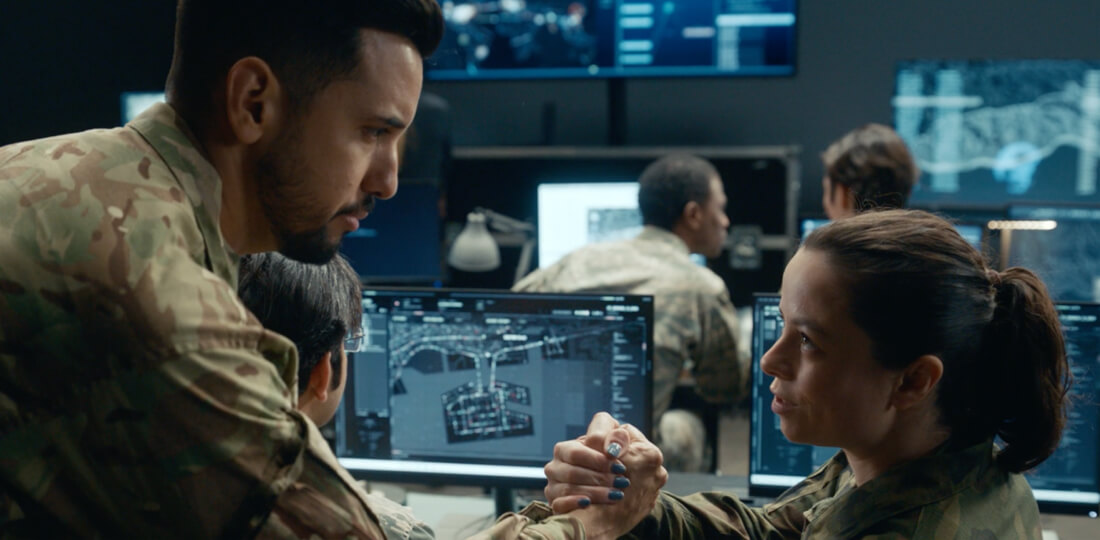
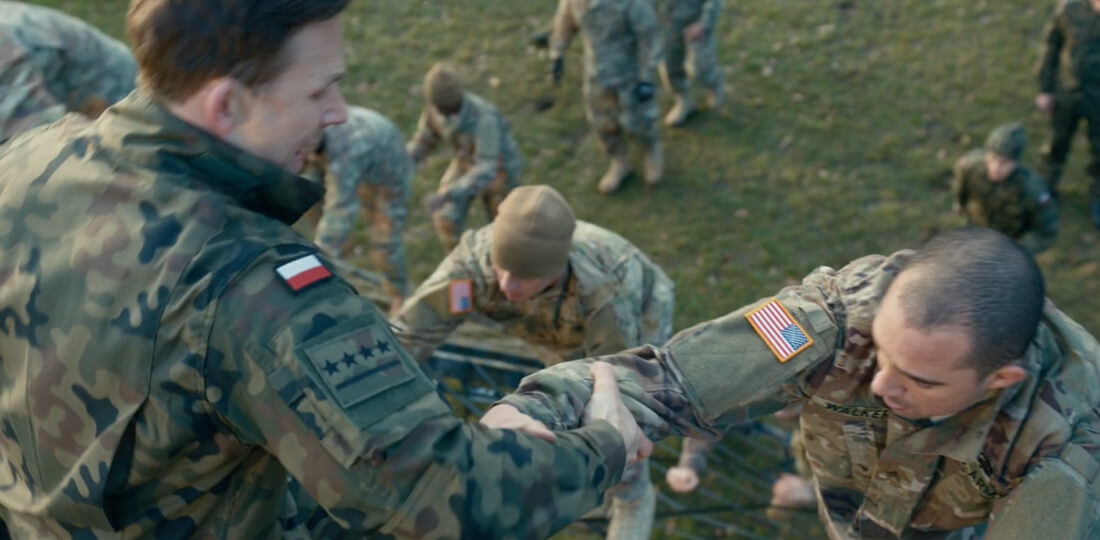
This year marks the 25th anniversary of Poland's membership in the world's most powerful military Alliance, and the presence of Allied forces along the Vistula River is now the largest in history.
At the 2016 NATO Summit in Warsaw, we agreed that a multinational battalion group in Poland would be commanded by the United States, which continues to increase the number of its troops under bilateral agreements with Warsaw. The first NATO units arrived in Poland a year later, and over the next seven years their numbers grew to 10,000 soldiers8. Most of them are American, but there are also British, Croatian, Romanian and German troops. You can meet them at a pizzeria in Rzeszow, in Torun's Old Town, and at the city center in Poznan. They train with Polish soldiers in Pomerania and Lower Silesia. They work in military units in Szczecin, Elblag, Bydgoszcz and Orzysz9. If anything, there may be more - more than 3 million service men and women uphold NATO's defense shield10.
The threats facing our region are real and significant, but we can deal with them effectively with combined multinational strength and collective resolve. Just as we have done for the past 75 years. Let's just remember that NATO is us and we are stronger together.
References
1 https://www.nato.int/nato_static_fl2014/assets/pdf/2023/6/pdf/230602-What-is-NATO-en.pdf2 https://www.nato.int/nato-welcome/index.html3 https://www.nato.int/cps/en/natohq/opinions_222605.htm4 https://www.nato.int/cps/en/natohq/topics_110496.htm5 https://www.nato.int/cps/en/natohq/topics_192648.htm6 https://www.nato.int/nato_static_fl2014/assets/pdf/2022/3/pdf/2203-map-det-def-east.pdf7 https://www.nato.int/cps/en/natohq/opinions_222605.htm8 https://www.gov.pl/web/obrona-narodowa/zwiekszenie-obecnosci-wojskowej--usa-w-polsce9 https://pl.usembassy.gov/nato_us/10https://www.nato.int/cps/en/natohq/opinions_221752.htmCheck your
knowledge
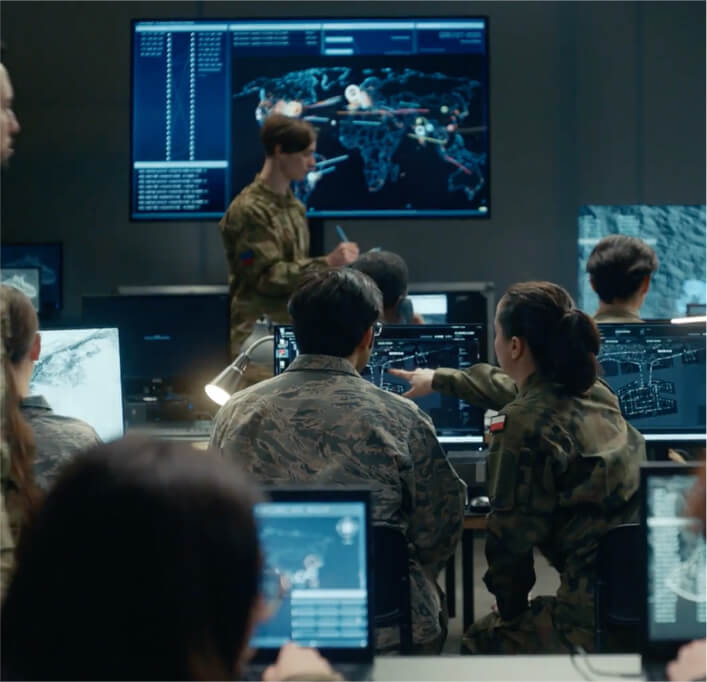
The term "disinformation" has become increasingly prevalent in recent years, leading many to believe they are well-versed in its nuances. It's easy to dismiss falsely created content as trivial and straightforward to identify, assuming one would have to be exceptionally gullible to fall for it.
However, it's precisely the banality and simplicity of disinformation that often serve as mechanisms of manipulation. What's more, such manipulation can be a component of hybrid operations, which mix digital attacks with information warfare to support armed aggression. The ultimate goal is to sow unrest, undermine legal frameworks, and destabilize military Alliances like NATO, exacerbating social divisions and fringe ideologies.
War in its worst military form, does not have to occur at our borders to affect us. This underscores the importance of delving deeper into understanding disinformation and the tactics employed called "bad actors" who propagate it. Our knowledge and awareness of these threats serve as our best defense in combating them daily.
What's
next?
Economic Benefits
And Development
As A Result Of
NATO's Presence
A turbulent history and its painful lessons have given Poles many reasons to seek security and Allies in the most powerful military Alliance of democratic nations. Poland's accession to NATO was the fulfillment of a dream that the architects of the peaceful Solidarity revolution shared with millions of Poles - that of an independent homeland returning to a democratic community of values.
read more